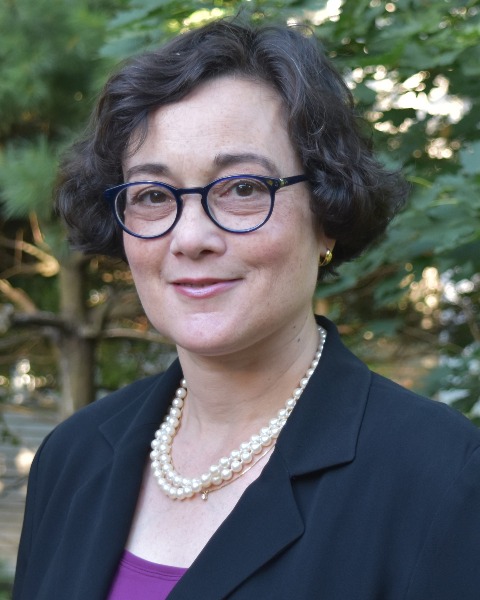Alloimmunization to RBC Transfusion: Mechanisms, Interventions, and Future Directions (presented by James Zimring, Tibor Greenwalt Memorial Award recipient)
-

Ronit Slotky, PhD, MSc, CABP (she/her/hers)
Director, Cell therapies Manufacturing Facility
Hackensack University Medical Center
Hacensack, New Jersey, United StatesDisclosure(s): No financial relationships to disclose
-

Krystalyn Hudson, PhD (she/her/hers)
Associate Professor
Columbia University Irving Medical Center
New York, New York, United StatesDisclosure(s): No financial relationships to disclose
-

James Zimring, MD, PhD
Professor
University of Virginia
Charlottesville, Virginia, United StatesDisclosure(s): Svalinn Therapeutics: Stock Shareholder (self-managed) (Ongoing)
Program Chair(s)
Award Presenter(s)
Award Recipient (s)
Description: Alloantibodies to RBCs, induced by transfusion and/or pregnancy, remain a clinical barrier to safe and effective transfusion and cause hemolytic disease of the fetus and new born (HDFN). Major advances in laboratory characterization of alloantibodies, management of blood supply and donor characterization, and production of anti-RhD have each mitigated the problem, yet the problems remain. Tremendous resources are spent characterizing the ever changing landscape of alloantibodies in “responder” patients who require chronic transfusion, and in extreme cases insufficient blood is available. Even when correctly used, anti-RhD fails in some cases, and no anti-RhD is available for other alloantigens known to cause HDFN. Alloimmunization to transfused RBCs has particular immunological properties. Few patients make alloantibodies but those who do can make multiple alloantibodies, but why is this the case? What roles are played by genetics and/or environment of the recipient or even the donor? Why do alloantibodies tend to fade rapidly over time (evanescence) below the levels of detection but then come roaring back upon re-stimulation causing delayed hemolytic transfusion reactions. Why do alloantibodies to the same alloantigen cause brisk hemolysis in some patients but are entirely benign in others? How does the mysterious process of antigen modulation occur and what role does it play in incompatible transfusion? How does anti-RhD work and why have multiple attempts to generate a monoclonal anti-RhD failed? In the last 20 years, the development of advanced murine models has allowed exploratory basic science that has been translated into humans, and continues to do so in a bench to beside and back process. This lecture will provide an overview of the field, the questions, some answers, and what is on the horizon as RBC alloimmunization to transfusion and pregnancy continues to be understood at a deeper level.
2024 Tibor Greenwalt Memorial Award and Lectureship Recipient: James C. Zimring, MD, PhD
Citation: In recognition of his vast influence on the field and his scientific achievements. Dr. Zimring was among the first to use murine models extensively to study transfusion-based alloimmunization to red blood cells, hemolytic transfusion reactions and mechanisms of immunoprophylaxis of anti-D. These models have since been used throughout the field and have been indispensable in spurring further developments and leading to improvements in blood safety worldwide.
Tibor Greenwalt Memorial Award and Lectureship is funded through an endowment from Dr. Peter Greenwalt.
Learning Objectives:
- Describe the current understanding of the mechanisms of alloimmunization to RBCs
- Describe the current understanding of what regulates responder/non-responder status of a transfusion recipient.
- Predict future directions and advances in RBC alloimmunization research.
- Evaluate the appropriate use (and misuse) of animal models in exploring human biology.
